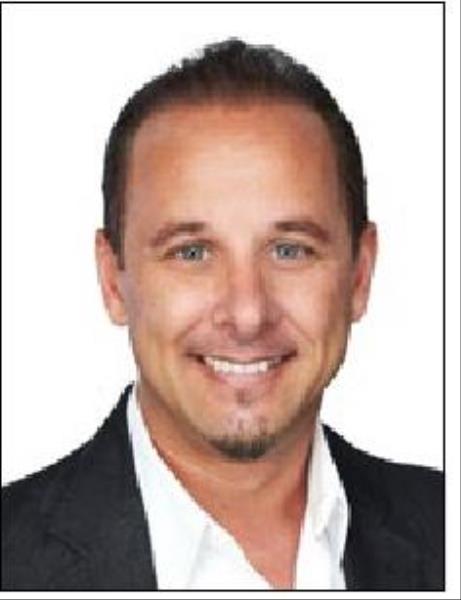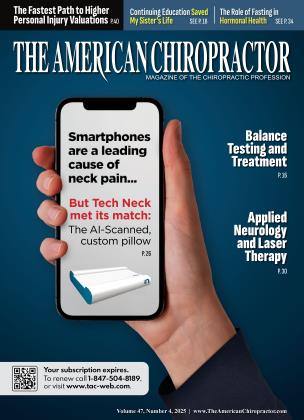
Do YOU WANT TO INCREASE THE VALUE OF YOUR PRACTICE? Have you considered the impact of your practice’s business model? If not, read on because the business model is one of the most important predictors of your business’ value.
When comparing different business models, subscription-based businesses are generally considered much more valuable than non-subscription businesses. Why? They offer a more predictable and stable revenue stream, allowing for easier financial forecasting and higher investor confidence because of the recurring nature of their income. This often translates to a higher valuation compared to businesses with one-time sales cycles.
Here are the key reasons why subscription-based businesses are valued higher:
With recurring payments from subscribers/patients, the business can reliably estimate future income, making it easier to plan for growth and manage expenses. In addition, recurring payments create peace of mind for the owner and reduce dependence on new customer/patient acquisition.
The subscription model incentivizes businesses to prioritize customer/patient retention and satisfaction to minimize churn, leading to a more loyal customer base. This is exactly what the chiropractic practice needs to help patients stick to their treatment plans and get better clinical outcomes.
By continuously providing value to subscribers/patients, businesses can increase the overall revenue generated If om each customer over time.
Subscription models often generate valuable customer/patient data that can be used to optimize offerings and personalize experiences, further improving retention and revenue.
Once a customer subscribes, the cost of acquiring new business is significantly lower than constantly finding new one-time customers. This is a key component because the budget required for marketing is significantly reduced over time.
Important Metrics for Subscription Businesses
• Annual recurring revenue (ARR): This represents the total recurring revenue a company can expect to generate annually from its subscriptions.
• Customer acquisition cost (CAC): The cost of acquiring a new paying subscriber.
• Customer lifetime value (CLTV): The total revenue a customer generates over their entire subscription period.
How do you apply the subscription model to the chiropractic practice?
First, you must have something for your patients to “subscribe to.” Here’s a list of just a few ways to offer subscriptions for services to your patients:
• Comprehensive corrective care plans for new patients
• Wellness and family plans
• Monthly massage programs
Anything you want to offer as a recurring service can be packaged as a subscription. The key to making it successful, where patients stick with it, is to automate their payments. Implementing a robust recurring automated-payment system is one powerful strategy that can significantly impact the success of your subscription-based practice.
Recurring payments offer a significant advantage by providing a predictable and consistent income stream, which eliminates the uncertainty of fluctuating monthly collections, allowing for more accurate financial forecasting. For example, a practice with a strong base of patients enrolled in monthly treatment plans can expect a steady flow of revenue, enabling better budgeting, staff planning, and informed investment decisions.
“Practices with a significant portion of their revenue generated through recurring payments are generally considered more valuable because they present a lower risk profile and offer a more secure return on investment for potential buyers”
Furthermore, an automated payment system significantly reduces the administrative burden of manual billing and collections. Valuable staff time previously dedicated to tasks such as manual billing, follow-up calls, and payment processing can be redirected to patient care, including providing personalized wellness programs, conducting patient education initiatives, and implementing targeted marketing campaigns. This improves patient engagement and outcomes while enhancing the overall patient experience.
Consistent cash flow is crucial for the financial health of any business. Recurring payments ensure a steady influx of funds, enabling practices to invest in upgrades, expand services, and maintain a healthy financial reserve. This improved cash flow allows for timely investments in new equipment, such as advanced diagnostic tools and therapeutic modalities, as well as practice renovations and staff training. These investments ultimately contribute to an enhanced patient experience and increased practice efficiency.
Beyond financial benefits, a high percentage of patients enrolled in recurring payment programs demonstrates a strong level of patient trust and loyalty. This indicates a stable and committed patient base, a highly valuable asset for any practice. It suggests that patients value the practice’s services and are satisfied with their care, making them less likely to seek treatment elsewhere. This patient loyalty translates to long-term revenue growth and a more stable patient base for future practice owners.
Potential buyers of a chiropractic practice are drawn to predictable and consistent revenue streams. A well-established automated payment system provides a strong indicator of financial stability and future earning potential. For a prospective buyer, a practice with a high percentage of revenue from recurring payments represents a lower-risk investment. The predictable income stream provides greater confidence in the practice’s ability to generate consistent returns, making it more attractive to potential acquirers.
Practices with a significant portion of their revenue generated through recurring payments are generally considered more valuable because they present a lower risk profile and offer a more secure return on investment for potential buyers. Compared to practices relying heavily on other payment models, such as time-of-service billing, insurance reimbursements, or check payments, those with a strong automated payment system often command higher valuations.
While offering some flexibility, time-of-service-based practices often face challenges with consistent cash flow, higher collection costs because of manual processing, and an increased risk of late or missed payments. This unpredictability can significantly impact the practice’s profitability and make it less attractive to potential buyers.
Insurance-reliant practices are subject to fluctuating reimbursement rates, complex claim processing procedures, and potential delays in payments. This can create financial instability and reduce the practice’s overall value.
Relying heavily on checks introduces delays in payment processing, increases the risk of bounced checks, and requires more administrative effort for reconciliation. These factors contribute to lower predictability and can negatively impact the practice’s valuation.
Frequent on-site payments create friction in the patient’s journey. It interrupts the visit flow, requiring patients to stop and process the payment, and introduces a moment of financial decision making. This can lead to anxiety, especially for those with limited budgets, and may discourage patients from returning for future appointments. Automated payment systems offer a frictionless alternative, eliminating the need for on-site financial transactions and potentially improving patient retention.
By combining automated recurring payments with comprehensive care plans encompassing both insured and uninsured services, practices can significantly improve patient retention. Automated recurring payments remove the financial hurdle at each visit and reduce the risk of missed payments. Care plans provide predictable and transparent pricing, minimizing the financial shock of out-of-pocket costs and encouraging patients to continue with recommended care beyond insurance coverage. A consistent revenue stream and improved patient loyalty create a more stable and valuable practice for potential buyers.
In conclusion, chiropractic practices that leverage automated payment systems within a framework of comprehensive care plans establish a significant competitive advantage. This recurring revenue model fosters predictability and stability, minimizing the financial risks associated with other payment methods. By streamlining payments, reducing administrative burden, and enhancing patient retention, automated payment systems contribute to a more profitable and valuable practice. This enhanced financial stability and predictable cash flow make such practices highly attractive to potential buyers, ensuring a strong foundation for longterm success and maximizing market value.

For nearly two decades, Dr. Miles Bodzin ran a successful, high-retention wellness practice in San Diego, California. He retired from practice in 2011 to focus solely on helping chiropractors increase their patient retention. As founder and CEO of Cash Practice Systems, his leadership resulted in serving over 6,000 chiropractors, being listed on the Inc. 5000, and being named one of San Diego Business Journal’s “Most Admired CEOs.” Dr. Bodzin may be booked for interviews and speaking engagements at [email protected] or reached directly at [email protected]. His inspiring story can be watched at TheCallingMovie.com.
 View Full Issue
View Full Issue












